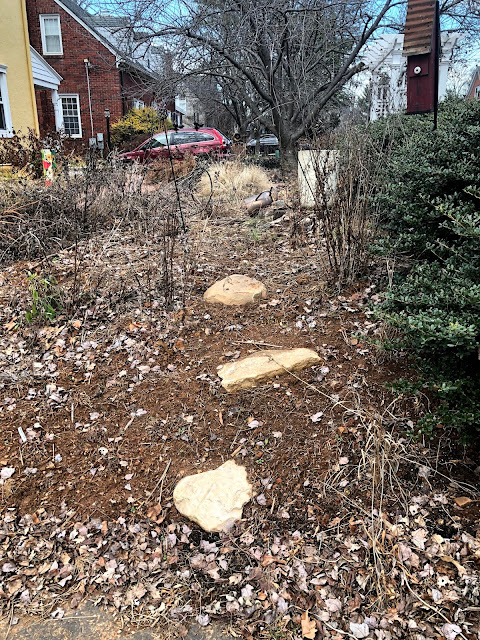This is my last post. I haven't blogged much over the past year or so and I've decided to bring closure to what was once an important part of my life. There are simply other areas I'd rather focus on. But the blog will remain up, a time capsule of a different life and garden.
I am deeply perceptive and intuitive and there’s a lot to be said for allowing life to become very quiet so you can listen to your own voice. I have but one shot at this life and choose to live it as courageously, passionately, and authentically as possible. There is nothing small about choosing happiness and always seeing the beauty in a world that is simultaneously glorious, absurd, and cruel.


For all our differences, at the end of the day we all want the same thing: to be understood, to feel a sense of connection, and to be heard and valued. Blogging was a way to help me meet and connect with other gardeners. Reading your blogs gave me a chance to see your gardens and your lives through your eyes. If you surround yourself with an echo you never hear anything new and the more I read, the more I learned. You find out who people really are when they have to understand a situation from a perspective that challenges them and makes them uncomfortable. Their response reveals the heart of who they are.

Kalimeris and 'Rozanne' geraniums
I loved seeing all the different ways we created beauty and solved our garden problems and interacting with people who embraced the collective idea that there was no single right way to do anything. Seeing the world through another’s eyes creates an open mind because if you’re not willing to set aside every preconceived idea about how a life should be lived or a garden created then the only mind you’re open to is your own. Thank you for inviting me in and for being there when I needed you.


Looking into the back garden from the meadow on the side of the house
I remain a relentless optimist. The world’s in the shitter and our president’s an idiot of epic proportions but I’m convinced change is coming. In some places, it's already here. I spent quarantine learning how to teach virtually after teaching in person for 20 years. My coworkers are also close friends and we stayed in daily contact as we navigated our new normal. I will spend this fall and possibly longer coming to work in the skirts and heels I love so much and live streaming my lessons from an empty classroom.
















































